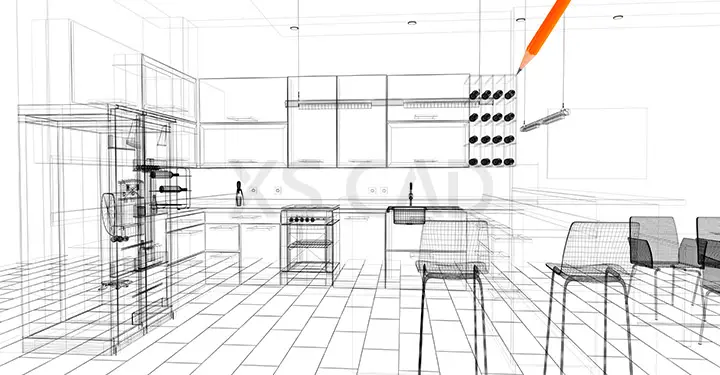Our Articles

Optimising Brand Consistency with Retail Construction Drawings
You know you’ve really made it when people anywhere recognise your name, much like Adele, Madonna, Pink, etc. Similarly, brand recognition stretches across continents for retail giants, such as Coca Cola, Starbucks or Zara. Franchisees of large retail brands understand that brand consistency is of paramount importance. One of several ways to optimise brand consistency in each retail outlet of a brand is to work with accurate and detailed retail design drawings and retail construction drawings.
Some ways of promoting brand consistency are to ensure that the logo, mission statement, brand identity and the unique features of the brand are represented strategically at each franchise location. Brand consistency requires clear brand guidelines, training, accurate content and regular monitoring.
How does this translate to a retail space?
Two important features of a retail store layout are store design and customer flow.
Exterior store design and customer flow add layers to brand consistency, and other factors also contribute, such as:
These elements of exterior design pertinent to brand consistency can be expertly showcased by the designers who develop retail construction drawings.
Fundamental to any retail design project are retail space planning and creating prototypes. A brand’s architectural needs can be assessed and addressed efficiently through construction drawings and models.
How can retail construction drawings help?
They can:
For retailers, retail construction drawings can provide the following experiences:
Retail construction drawings can be utilised by designers and contractors to create new stores and to renovate existing retail spaces so that they fall in line with any brand design changes over time.
Ideally, the process should be such that:
How can Architects Help with Branding?
Architects can design stores to improve the customer experience, promote the brand and emphasise brand consistency by:
Benefits of Revit CD Sets
So, what are the benefits of developing retail construction drawings?
Retail construction drawings can help create an aesthetically pleasing storefront that optimises brand awareness within a precise square footage, which can be critical to brand consistency. Ultimately, though, using high-quality 3D rendering services, 3D visualisation, retail architectural drawings and retail construction drawings, retail design companies can help retailers create layouts that receive the maximum amount of foot traffic so that merchandise receives the maximum amount of attention, one of the main goals of achieving brand consistency.
XS CAD has valuable experience providing 3D visualisation and retail design drawings for large global retailers and retail design companies. Our range of services include retail space planning, retail construction drawings, retail BIM modelling and retail architectural drawings. We have proven to be a preferred 3D rendering services provider, due to the high quality of our 3D modelling and 3D walk-throughs, created by using Revit, 3ds Max, V-Ray, Adobe Photoshop and After Effects, Illustrator and BIM Collaboration Pro for cloud collaboration.

